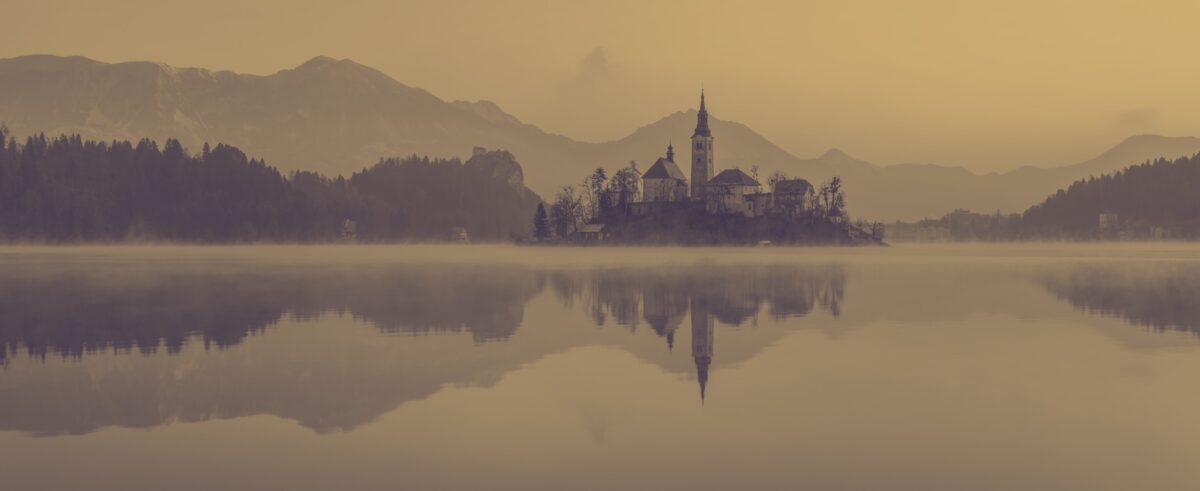Where do you start creating a fictional or fantasy world?
This question pops into my head every time I begin a story because setting is so crucial. If overlooked, it makes the characters and plot suffer with it. Readers need to know where the story occurs in time and space to make sense of the characters and plot. It doesn’t matter what you’re writing—you have to create a world that will interact with, challenge, and shape your characters.
Start on the outside and work your way in.
The best advice about world-building I’ve received is to have a clear vision before doing anything else. You probably won’t use all of the information you come up with, but that’s your role as the creator. Your understanding of the world will extend beyond the smaller, more limited time and space your characters will inhabit. Start with the world outside your character’s bubble and work your way into it by building and understanding their more local contexts.
The world building process will likely be more complex for stories that don’t take place in our own world, like in fantasy writing. There are questions to ask, such as what the climate and culture are like, or whether your world has any fantastical or magical qualities. The questions are endless. You won’t answer all of them, but there are 2 in particular you should think about before writing to make your world as lively and believable as possible: How did this world come to be the place it is? Why were the structures created—physical and social—put into place?
Knowing the history of the place and its people makes for a much more interesting story, because it allows in-depth characters to interact with their surroundings. I sometimes like to think of the setting as its own entity. It shapes your characters in ways that your own world has shaped you.
Nonfiction needs world building, too!
The same practice applies to writing nonfiction, even though the story takes place on the Earth we’re already familiar with. A story that takes place in Chicago, for example, will be much different than a story that takes place on the west coast of Ireland.
Chicago is an urban, American city with a population of about 3 million, over a hundred skyscrapers, and a wide range of diverse neighborhoods. Ireland’s entire western region of Connacht has just over half a million people and is commonly referred to as the heart and soul of traditional Irish culture, being the region with the most Irish language speakers in Gaeltacht (cultural) areas. Considering the reasons for these contrasts can make all the difference in the lives of your characters.
This is one of the hardest parts of writing stories.
I recently began my first attempt at fantasy world building. It’s proving just as difficult and complex as I thought it would, but I love it. I’ve been working on it for a while now and I only just started developing characters because my co-author and I are spending most of our time analyzing how people and nations might interact with each other and why. This way, we’ll have a clear vision of our world once we start writing.
This thought makes both of us so excited we find ourselves staying up to work on our imaginary world’s wikia page, weighing ideas for our fictional city-state and its people. We know that these late-night brainstorming sessions will lead to a story that feels as real and alive as possible.
Hopefully we’ll still be excited about our world once we’ve got some more of it figured out, and I hope that you can find excitement in whichever world you choose to write about, whether it’s close to home or somewhere a little further away.


One reply on “Time and Space: World Building in Creative Writing”
You bring up an interesting point; I hadn’t really thought about how crucial world-building is even to a nonfiction setting. I’ve always been spoiled with the idea of “my readers will most likely know this location, or can at least look it up a little” that I completely overlooked its importance to nonfiction as well. I’m curious what you find most helpful when it comes to the culture aspect of world-building, such as names, rituals, customs, apparel, etc. I usually find naming and the finer, more logical, details to be the hardest part!
This was an extremely helpful and interesting read though. I’ve been trying to build and rebuild a world I’ve had in mind for a good number of years. 🙂 I wish you and your co-author luck–that sounds like a super fun time!